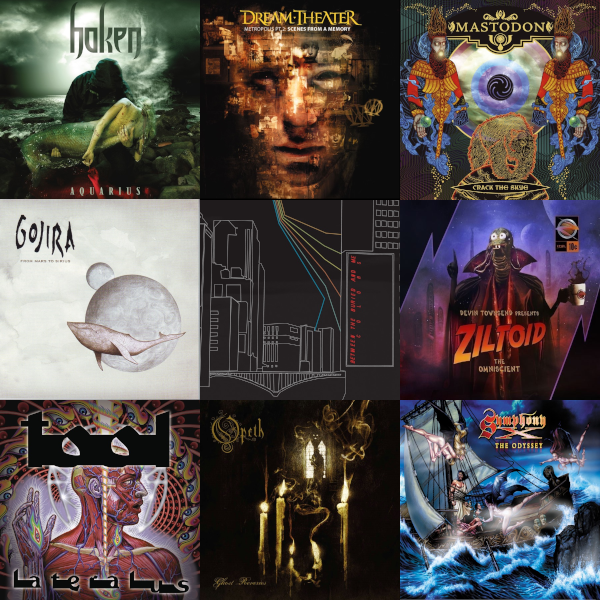I personally subscribe to Asimov’s definition of sci fi:
Science fiction can be defined as that branch of literature which deals with the reaction of human beings to changes in science and technology.
While Dune is full of stuff that’s just straight up magic, the story is very much about how humans handle the technology, even when the in-universe basis of the technology is essentially magic. Long before the story ever started, we invented AI, freaked out about it, and then had to figure out how to replace computers in an interstellar society. The main overarching plot of the kwisatz haderach is about the consequences of the “invention” of precognition, even if the means of the invention are very fantastical. Several major factions are basically “what if we did super advanced selective breeding on humans for a thousand years”.
Star Wars, meanwhile, isn’t concerned with that sort of thing. It’s an adventure of good againt evil in the most classic of ways. It’s sword and sorcery. Even when a literal world-destroying superweapon is a major plot point, it doesn’t actually take much of any time to think about what this technology would do to society beyond “be very scary”. The obvious point of comparison is nuclear weapons in real life, and the development of those re-shaped culture enormously. We suddenly had this craze of imagination of all the things nuclear power might do. Humanity conquered the atom and we couldn’t stop dreaming up new ways to wield this power. Most of which were fucking insane. In Star Wars, a power orders of magnitude greater shapes society no more than a particularly big army.
Star Wars is only interested in the characters, whatever technology is present is set dressing to allow for fun visuals. That’s not something I say as a negative either. It’s perfectly valid and reasonable for a story to take more interest in its characters than its setting.
Disclaimer: I’m writing all this thinking only about the nine main series films. Especialy the original three. I’m sure someone has written Asimov-definition sci fi somewhere in the Star Wars canon, “legends” or not. I’ve just never delved into it much at all.












They look like youtube clickbait thumbnails